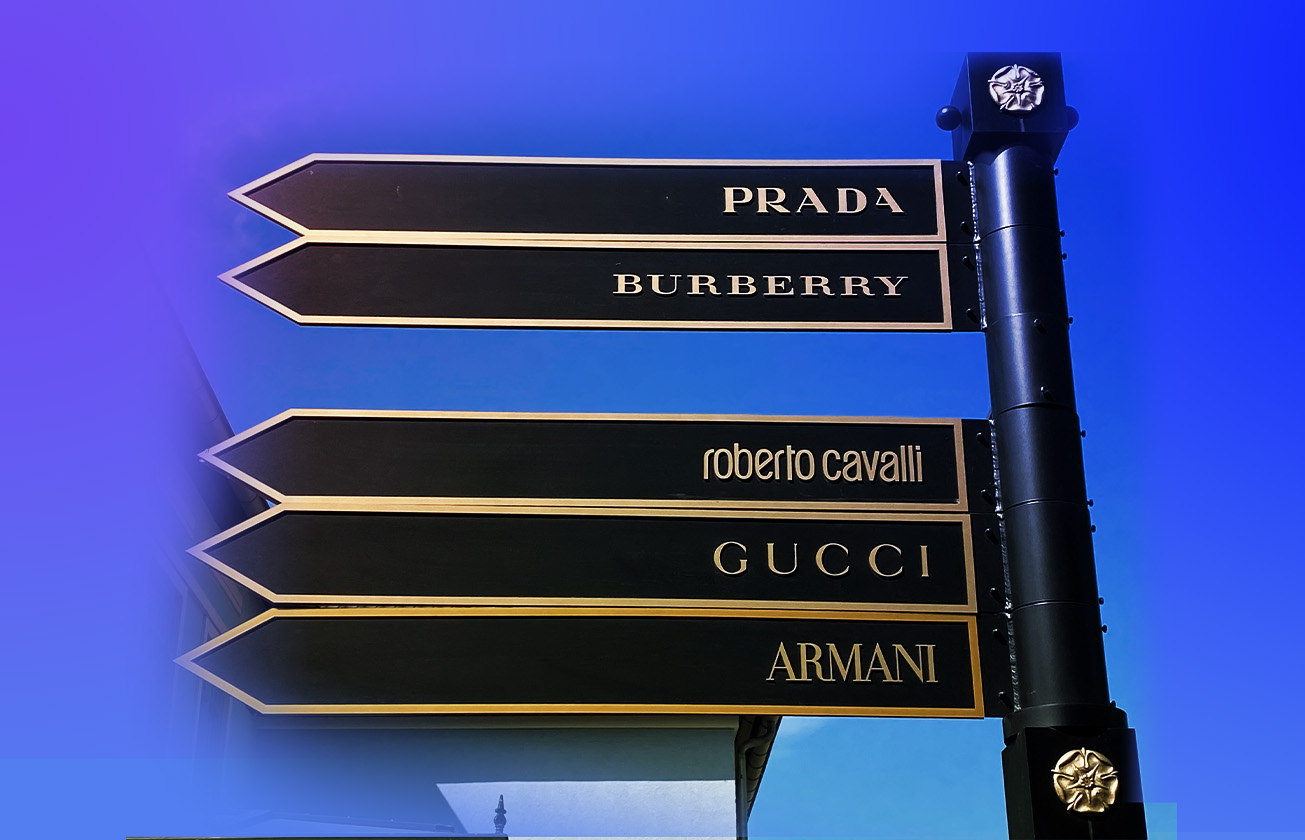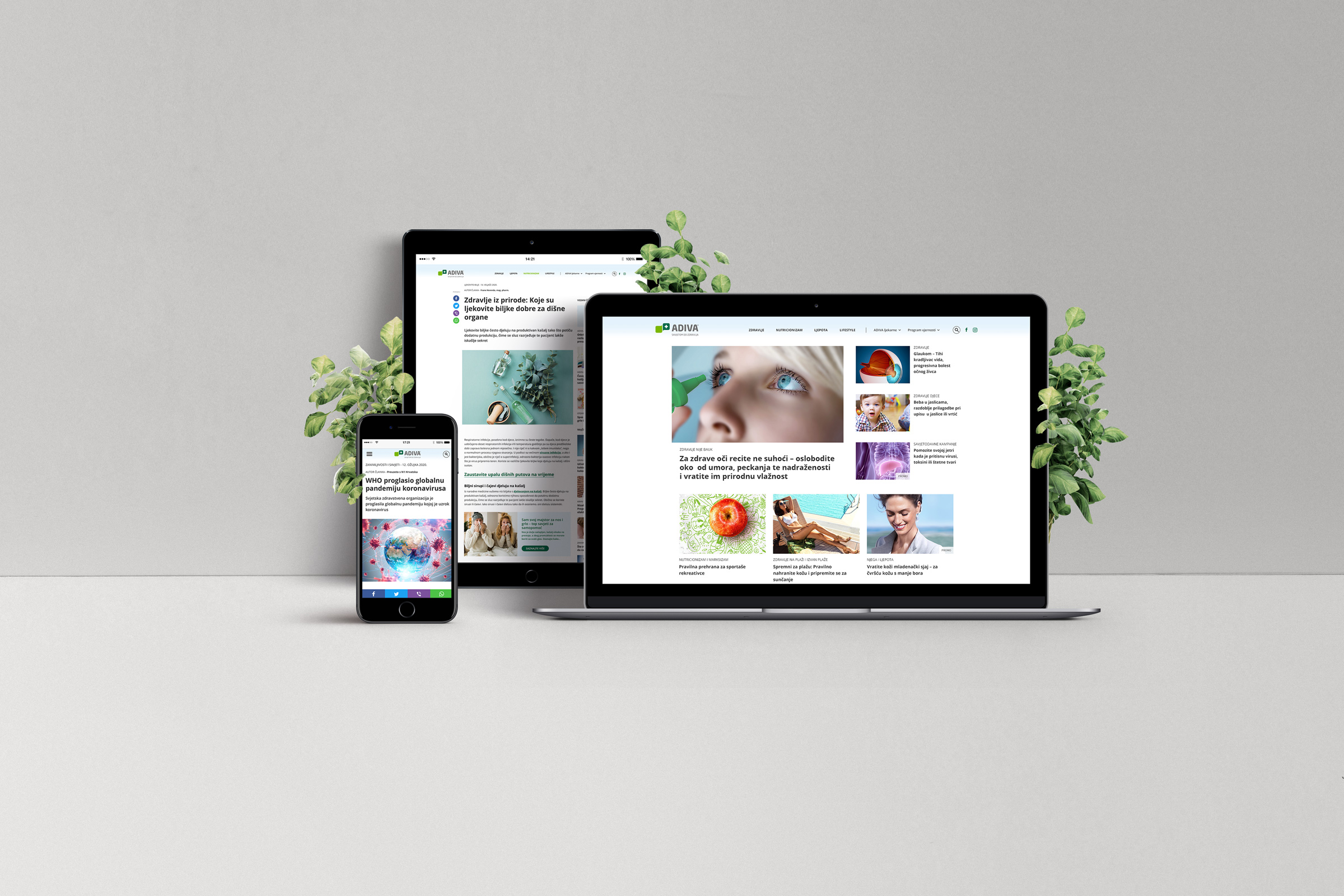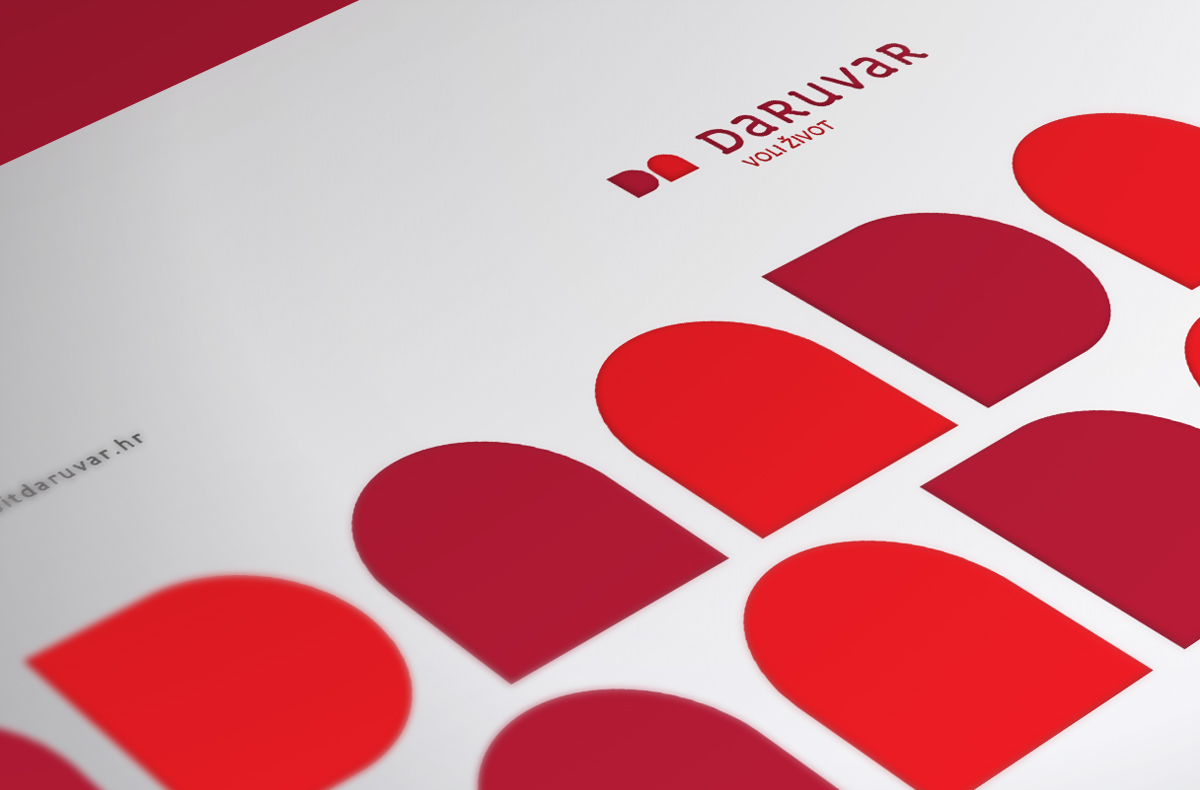A touch of luxury: marketing tactics of luxury brands
In previous decades (and centuries), luxury brands did not need to fight for their customers. Their name was a guarantee of the end-user's quality, luxury, and status. Today, the situation is much different. With the emergence of fast-fashion brands like Zara and H&M in the markets and the complete liberalization of the design world, there was a need for stronger fashion marketing and branding - or loss of luxury status.

To clarify the context of the introduction, let's say it's 1970. How many luxury brands are there? If we talk about fashion designers, there were elegant Chanel and Dior, Hermes, Cristobal Balenciaga, the famous Hubert de Givenchy, the king of French chic Pierre Balmain, and wild enfant teribble Paco Rabanne. And that is, with a few exceptions, it. The luxury world was limited, isolated, and created for one-percenters.
Today, the situation is entirely different. There is an ocean of luxury brands. With the arrival of fast-fashion chains, it is more challenging than ever to stand out and win the target group that has expanded from the wealthiest people to... everyone. But some brands know what they are doing in their brand marketing. Here’s what you can learn from them.
Be unique - offer uniqueness
In previous decades, top designers made unique clothes made by one's measurements, as mentioned above. Of course, this is not possible nowadays, but that does not mean that luxury brands can't give customers a small dose of uniqueness.
So, for example, Louis Vuitton allows you to be involved in the process of making sneakers, shoes, bags, and suitcases. In addition, in every Louis Vuitton store, you can get a special inscription on your LV wallet - your initials. Little things, but they mean a lot.
See example: 140fc8f93abce198c14029fd6f613f89.jpg (594×396)
On the other hand, an example of a slightly less luxurious brand of alcoholic beverages - is Absolut Vodka. The world-famous vodka offers a unique bottle design and numbering to its customers. Again, it's a small thing, but it gives a sense of creativity and connection to the brand.
Aim for the senses
Sensory branding has become a massive factor in brand differentiation while giving luxury to already luxurious brands. And the goal - emotional connection on a subliminal level.
It's known that the sense of smell is the most effective way to remember something, and some luxury brands know that. Rolls Royce, for example, gives a fragrant experience to its wealthy customers. They did this by creating a fragrance with mahogany, leather, and oil notes - a blend of notes that gives an olfactory experience of luxury, oldtimer car. They are not the only brand that plays with the sense of smell. Eton, a Swedish luxury shirt manufacturer, uses the scents of freshly washed laundry for every item.
See example: Rolls-Royce-Wraith-RJ-61.jpg (1600×1067)
In addition to the sense of smell, some brands also play on the importance of hearing - sound branding. For example, some Westin hotels worldwide have a carefully selected playlist that provides a soundtrack to their public spaces.
Technology brands like Apple, Samsung, and Windows spend vast amounts of money on (seemingly) the simplest jingles and sound effects whose purpose is to get into your head and create an emotional association with that brand. Just imagine walking down the street and hearing a ringtone on someone’s cell phone - you’ll know if it’s Apple or Samsung!
Look at the category of luxury from a different perspective
The name Steve Jobs is often mentioned when talking about marketing. And with good reason. He was the first to "sell" the idea that technological products could be luxury lifestyle products that you don't need to have an engineering degree to understand. The iPhone was not a revolutionary product, there were mobile phones with a touch interface before it, but it is revolutionary in the way of presenting it to the public. The mobile phone was no longer a utilitarian product; it became a luxury status symbol.
Likewise, the opposite example can be applied to some luxury designer brands like Balenciaga or Dior. Although they have been the bearers of unattainable haute couture luxury in the past, they saw a change in the way of thinking in fashion. They decided to branch out into the category of non-luxury streetwear. But they have done so in a luxurious way, offering products that are a status symbol of luxury at a luxury price, but wearable on every occasion and for every day. The result? Balenciaga is the most popular design brand globally, while Dior is in sixth place on that list.
Evaluate your product or service, how your products are assembled or delivered, and how people approach them - and find inspiration from completely different categories to breathe new life into those products.
Limit access to your brand
It's simple. If it’s available to everyone, it’s not a luxury brand, is it?
An excellent example of a deliberately created shortage is Hermes Birkin bags, for which there was a waiting list of six years. What happened? Birkin has become the most sought-after bag globally, an absolute status symbol.
But this tactic is not reserved only for luxury brands. In the last decade, Nike and Jordan have created an entire market for sneaker resellers, most of Air Jordan models. How did they achieve that? Simply put, sneakers that were once available to everyone are now sold in very limited quantities that sell out in minutes and whose price jumps three to four times.
See what happens when you combine luxury, non-luxury, and extremely limited quantities: 5288.jpg (1200×900)
For example, let's take the ultra-limited edition Nike SB sneakers, Paris version. They cost $60 in retail, but thanks to ultra-limited quantities, the average selling price is now around 62.000$. By limiting specific models, Nike has created its own niche of luxury.
The calculation is simple - limiting the offer makes the product, service, or experience more valuable.
Collaborate with others
How to maintain luxury, bring new life to the brand, and connect with a different target group? First, collaborate with other luxury brands (and less luxury) through co-branding.
Take, for example, two completely different collaborations made by Audemars Piguet, a brand of ultra-luxury watches. The first collaboration was with the equally luxurious brand of streetwear and accessories 1017 Alyx 9sm. The brand, Audemars Piguet, has decided to expand into the market of people who would not otherwise be interested in their watches, given that they have a reputation as formal, „dressed-up“ watches. With collaboration and refreshed colors, they have approached another niche that will now be ready to buy their watches, given the signature of the brand they are already buying, 1017 Alyx 9sm.
The second collaboration was with a completely unrelated brand - Marvel. While it’s hard to believe that the average Marvel fan will ever buy an Audemars Piguet watch, regardless of the collaboration, the goal was met. Marvel is probably the most popular brand globally; by collaborating with them, Audemars Piguet reached an immeasurable brand recognition. Of course, it also helps that most of the profits from the sold collaboration went to charity.
Luxury lies in emotions
Given that most luxury brands have moved to the mass market - through cheaper product lines for higher sales - true luxury must be achieved by ensuring that the quality of a product or service is always high.
Luxury brands can convey their exclusivity in many different creative ways, encouraging sales and a deep emotional connection that can last a lifetime. How to achieve this? Through emotional marketing listed in the examples above.
Let's just take the definition - "It's not a T-shirt. It's a Dior T-shirt.” That sentence shows all the emotional appeal of a luxury brand - use that for your brand as well.
Source: https://www.socreative.co.uk/luxury-brand-marketing/


